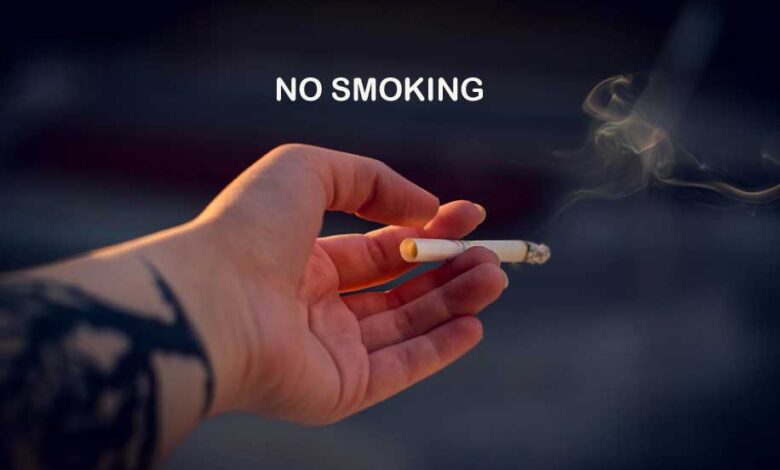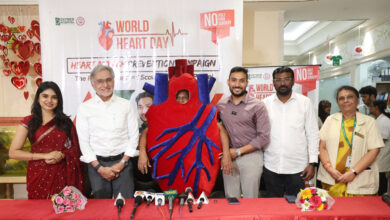Differing guidelines from FDA and WHO spells adverse global impact

‘Global governance has failed, Multilateralism is in crisis’, PM Modi’s remarks as he opened a Foreign Ministers’ meeting of the G20 where Russia’s war in Ukraine had taken center stage. Various multilateral bodies haven’t been effective in defusing the situation and little has been achieved by global governance. The Kashmir deadlock between India and Pakistan was finally broken by the former when it quelled article 370/35A in J&K – culminating in investment and development.
In the 80s, characterization of the HIV by The World Health Organisation (WHO) as a ‘rich man’s disease’ led to time being lost on public health interventions and the approval of vital drugs that could have saved lives. The transition from WHO’s Global Programme on AIDS to United Nations Program on HIV/AIDS (UNAIDS) was needed to make effective strides toward finding a cure. An unlikely alliance of activists, lawyers, and generic drug companies made HIV treatment affordable and WHO’s negotiations failed. UNAIDS’ broader mandate helped bridge this gap between Geneva and the globe and is a significant driver of the AIDS response’s remarkable progress.
More recently WHO delayed alerting member countries, leading to COVID-19’s rapid spread. India stood distinguished by taking an independent customized approach to fight the virus at the scale we did.
Tobacco-induced diseases are another compromised public health crisis – WHO indicates tobacco smokers will increase to 1.2 billion in 2025. With 8 million deaths every year and an additional 1.2 million caused by second-hand smoke, tobacco smoking is more dangerous than World War I. India alone has 100 million people who smoke cigarettes (28 million) or bidis (72 million). The reduction of tobacco smokers worldwide proceeds at a much slower rate than possible. Owing to the number of users, tax revenue, and livelihood of farmers, tobacco cannot be removed from India, leaving safer alternatives as the only ray of hope for saving lives.
The WHO’s tobacco policies don’t include any safer alternatives to tobacco. They have completely overlooked reduced-risk solutions and even actively opposed them, leading to the loss of many lives and a threat to many more. WHO’s tobacco control policy unfortunately doesn’t work for low-income countries. Ex-WHO officials – Prof. Robert Beaglehole and Prof. Ruth Bonita have said in a Lancet report that only 30% of countries are on track to achieve WHO’s target of a 30% relative reduction by 2030 in adult tobacco usage.
While FDA approves certain categories of safer alternatives based on scientific data, the WHO has a conflicting stance, suggesting they expose legal-age smokers to harmful substances.
Also pertinent is that primary health risks associated with smoking arise from the combustion of tobacco and toxic additives in tobacco. Most toxic substances are released during combustion. Burning/smoking a cigarette generates temperatures exceeding 850 degrees Celsius. These temperatures generate a complex mixture of over 6000 harmful chemicals and carcinogenic particles that are inhaled, causing disease. Some novel safer alternatives available globally require no heating at all while others can control temperature very precisely, operating at 350 degrees Celsius, avoiding combustion and its by-products, hence reducing risk tremendously. Alternatives to oral tobacco include snus (a highly purified and refined preparation of oral tobacco) and nicotine pouches (with zero tobacco) which can dramatically reduce the disease burden in oral tobacco users – most significant when India has over 200 million oral tobacco users.
Countries like UK, Sweden & Japan have adopted a tailored policy using safer alternatives to reduce the economic burden of tobacco. Each country needs to adopt a customized approach as national policy can’t be a ‘one size fits all’, especially for low- and middle-income countries (LMICs).
UK’s health department concluded that safer alternatives are 95% less harmful than combustible tobacco, helping 2.5 million smokers switch & eventually quit tobacco. Sweden will soon be the first country to become smoke-free. The number of smokers has fallen from 15% to 5.6% in just 15 years with the help of a mix of safer alternatives, ironically achieved by ignoring WHO’s guidance. Further, they witnessed a 41% lower incidence of cancer, the lowest across the EU. Japan has witnessed a 5.2% fall in smoking rate between 2016 and 2019, coinciding with the rollout of safer alternatives, pointed out an American Cancer Institute study.
It becomes an urgent requirement for decision-makers to draft a tobacco control policy customized for the need of the end user, ensuring their well-being. Technology that can eliminate toxic tobacco products has put us on the precipice of a public health revolution of historic significance. We can do what has worked so well for so long on so many other public health issues. It merely requires us to embrace science, reason, and humanism. Simply put, when opportunity knocks, answer the door.
Authors: David T Sweanor, Faculty of Law, University of Ottawa, and Dr Kiran Melkote, Orthopaedic Surgeon; Director, AHRER




